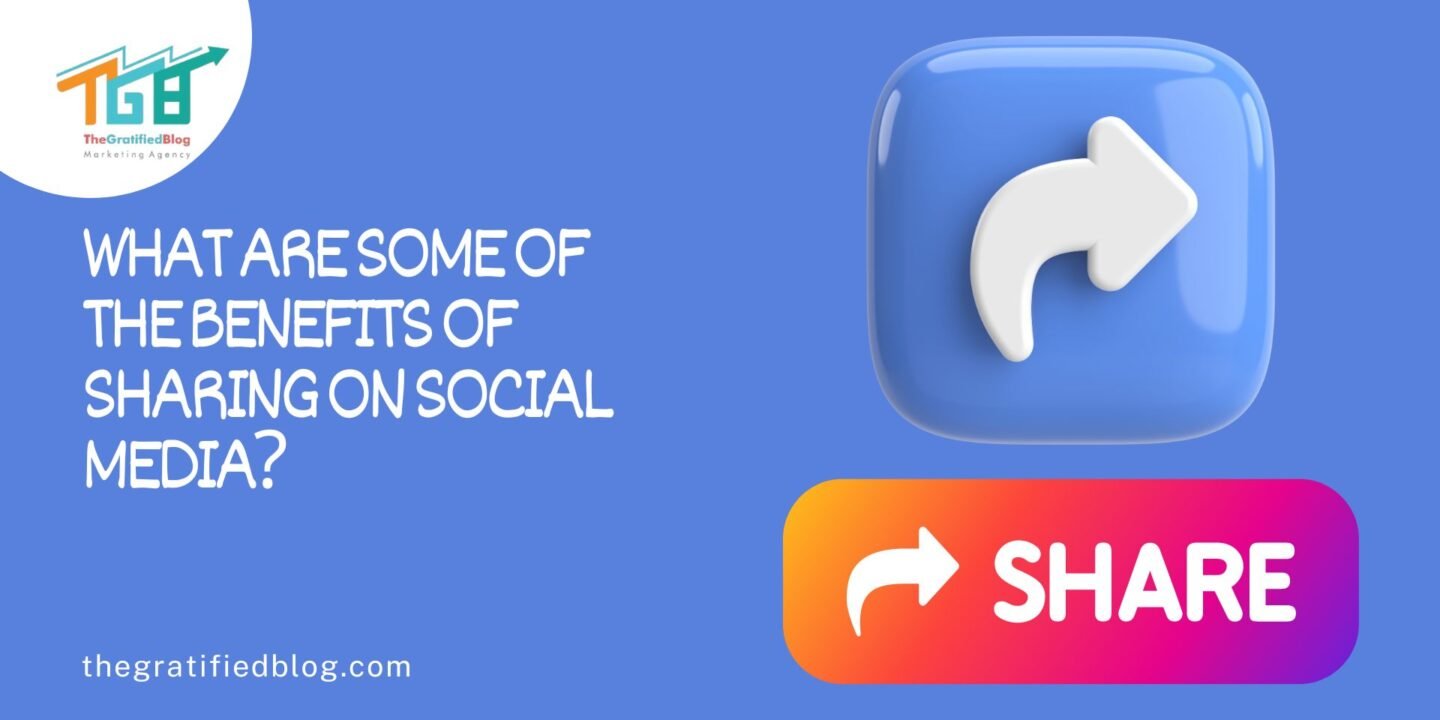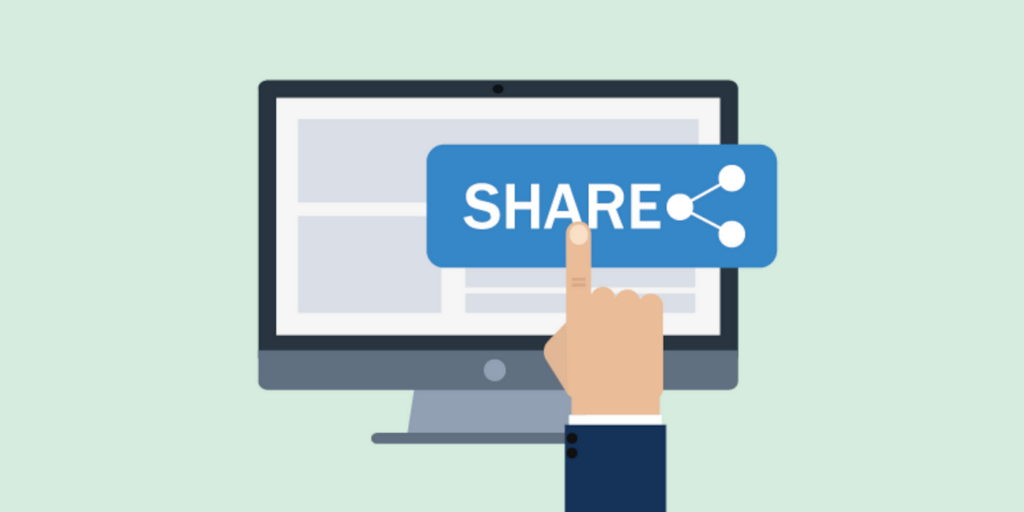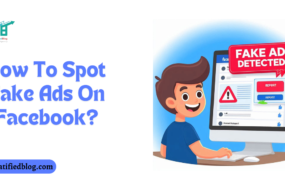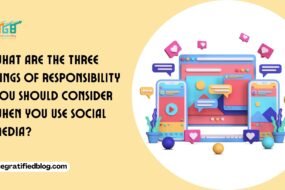
In today’s interconnected world, social media has become more than just a platform for staying in contact with friends and family. It has evolved into a dynamic space where individuals, brands, and communities share experiences, ideas, and content with the world. From captivating visuals to thought-provoking articles, sharing on social media holds immense potential for personal and professional growth.
In this blog, “What are some of the benefits of sharing on social media?” we will delve into its benefits and discover how this simple act can transform your online presence, elevate your brand, and cultivate meaningful connections in the digital landscape.
Let’s dive in!
What Does Sharing On Social Media Mean?

Sharing on social media refers to the strategic distribution of content, such as articles, images, videos, links or promotions, across various social media platforms to engage with target audiences, enhance brand visibility, and drive business objectives.
It involves crafting and sharing compelling content that connects with the intended audience, prompting engagements such as likes, comments, and shares. Through sharing on social media, businesses can foster customer relationships, showcase their products or services, and establish themselves as industry authorities.
Having understood the introduction of sharing on social media, let’s now delve into the importance of sharing.
Why Is Sharing Important On Social Media?
Sharing on social media is crucial for businesses as it enhances brand visibility, fosters customer engagement, and drives website traffic. By sharing valuable content, businesses can reach a wider audience, amplify their brand message, and establish thought leadership in their industry.
Moreover, sharing on social media facilitates two-way communication with customers, allowing businesses to gather feedback, address inquiries, and build relationships. It’s an effective, cost-efficient marketing strategy that increases brand awareness and cultivates a loyal customer base, ultimately contributing to business growth and success.
Now, let’s explore major social media platforms for sharing.
Which Are The Major Social Media Platforms For Sharing?
Social media platforms for sharing vary depending on the type of content you want to share and the audience you want to reach. Here are some of the most popular ones:
- Facebook: It’s still the largest social media platform worldwide, allowing users to share text, photos, videos, and links with friends and followers.
- Instagram: Primarily focused on photo and video sharing, Instagram has a strong visual emphasis. It’s trendy among younger demographics.
- Twitter: Known for its short-form content, Twitter allows users to share thoughts, links, images, and videos within a character limit. It’s widely used for real-time updates and news sharing.
- YouTube: It is the largest video-sharing platform globally. It allows users to upload, share, and discover videos on various topics.
- LinkedIn: Geared towards professionals, LinkedIn is a platform for networking, job searching, and sharing industry-related content such as articles, updates, and job postings.
- Pinterest: Focused on visual discovery and bookmarking, Pinterest allows users to share and discover ideas, recipes, fashion trends, and more through images and videos.
- Snapchat: Known for its disappearing stories and messages, Snapchat is popular among younger users for sharing moments in real-time through photos and short videos.
- Reddit: A community-driven platform, Reddit consists of thousands of topic-based communities (subreddits) where users can share links, posts, and discussions on various subjects.
- TikTok: Rising in popularity, TikTok is a video-sharing platform where users create short-form, entertaining videos often set to music or audio clips.
- WhatsApp: While primarily a messaging app, WhatsApp allows users to share text, images, videos, and documents with individuals or groups.
These platforms offer various features and cater to different demographics and interests, so selecting the ones that best suit your content and audience is essential.
Let’s now go through some of the benefits of sharing on social media.
What Are Some Of The Benefits Of Sharing On Social Media?

Sharing content on social media platforms offers a plethora of benefits that can significantly impact a company’s success. Let’s explore some of the key advantages:
- Increased Brand Awareness: Sharing content on social media exposes your brand to a broader audience. When your followers interact with your content by liking, sharing, or commenting, your reach expands to their networks, helping you gain visibility and recognition.
- Enhanced Audience Engagement: Sharing on social media fosters meaningful interactions with your audience. By sharing valuable and relevant content, you can spark conversations, gather feedback, and build customer relationships, increasing loyalty and trust.
- Drive Website Traffic: Sharing links to your website or blog posts on social media channels drives traffic to your site. By sending users to your website, you can showcase your products, services, or expertise and encourage them to take desired actions, such as purchasing or signing up for your newsletter.
- Improved Search Engine Visibility: Sharing on social media can indirectly influence your search engine rankings. When your content is shared on social media, it signals to search engines that your website is valuable and authoritative, potentially leading to higher rankings in search results.
- Cost-Effective Marketing: Unlike traditional advertising channels, sharing on social media is a cost-effective way to promote your business. An effective content strategy enables businesses of all sizes to access a broad audience without substantial advertising expenses, making sharing on social media a viable option for any company.
- Access To Valuable Insights: Social media platforms offer analytics tools that offer insights into your audience’s demographics, interests, and behaviours. By analysing these metrics, you can customize your content and messaging to better resonate with your target audience, leading to more effective marketing campaigns.
- Build Brand Authority And Thought Leadership: Consistently sharing high-quality, informative content establishes your brand as an authority in your industry. You can position yourself or your business as a trusted resource and thought leader by providing valuable insights, tips, and solutions to your audience’s issues.
- Harness The Power Of User-Generated Content (UGC): Encouraging users to produce and share content related to your brand can amplify your reach and authenticity. User-generated content, such as customer testimonials, reviews, and user-submitted photos or videos, serves as social proof, influencing purchasing decisions and promoting a sense of community around your brand.
By leveraging social media’s sharing benefits, businesses can create meaningful connections with their audience, drive engagement and loyalty, and ultimately achieve their marketing plan and business goals.
Now, let’s understand the best practices for sharing content
What Are The Best Practices For Sharing Content?
Sharing on social media is a great way to engage with your audience and outspread your message or content. Here are some tips for effective sharing on social media:
- Know Your Audience: Understand your audience and which social media platforms they frequent the most. Then, publish your content to each platform’s audience and format.
- Create Compelling Content: Produce high-quality and engaging content that your audience will find useful or entertaining. This could be anything from blog posts and articles to videos, images, or infographics.
- Use Visuals: Content with visual elements generally achieves higher engagement rates. To this end, include eye-catching images, videos, or graphics to accompany your social media posts.
- Craft Engaging Captions: Write compelling captions that grab attention and encourage interaction. Use humour, questions, or calls to action to prompt engagement.
- Be Consistent: Keep up a regular posting schedule to keep your audience engaged and interested. Consistency helps to build trust and keeps your brand at the forefront of your mind.
- Utilise Hashtags: Research relevant hashtags to increase the visibility of your posts and reach a wider audience. But do not overdo it – stick to a few relevant hashtags per post.
- Encourage Sharing: Make it simple for your audience to share your content by including social sharing buttons on your website or blog. You can also directly ask your followers to share your posts if they find them helpful or interesting.
- Engage With Your Audience: Respond promptly to comments, messages, and mentions to foster community and build relationships with your followers.
- Monitor Analytics: Record your social media analytics to understand what content resonates most with your audience and adjust your strategy accordingly.
- Stay Up-To-Date: Social media trends and algorithms constantly evolve, so stay informed about the latest updates and best practices to keep your strategy effective.
Frequently Asked Questions
Q1. Why should I share content on social media?
Ans. Sharing content on social media offers numerous benefits, including increased visibility for your brand, engagement with your audience, and the opportunity to establish thought leadership in your industry.
Q2. What is the impact of social media sharing on brand awareness?
Ans. By sharing useful and engaging content on social media, you can reach a wider audience beyond your immediate followers. When your followers interact with your content by liking, sharing, or commenting, it increases the likelihood of your content being seen by their networks, thus amplifying your brand’s reach.
Q3. How does sharing content on social media contribute to audience engagement?
Ans. Sharing content that resonates with your audience’s interests, challenges, and aspirations fosters meaningful interactions and conversations. By actively interacting with your audience through comments, replies, and direct messages, you can build stronger relationships, foster loyalty, and gain helpful insights into their preferences and behaviours.
Q4. Can sharing content on social media help drive website traffic?
Ans. Yes, sharing links to your website or blog posts on social media can drive website visibility. By strategically sharing valuable and relevant content and encouraging clicks, you can attract visitors interested in learning more about your products, services, or expertise.
Q5. How can I measure the effectiveness of my sharing on social media efforts?
Ans. You can monitor the effectiveness of your sharing on social media efforts through various metrics, including engagement (likes, comments, shares), reach (number of people who saw your content), website traffic generated from social media, and conversions (such as sign-ups, purchases, or inquiries). Social media analytics tools and platforms offer valuable insights into the performance of your content and help you optimise your sharing strategy for better results.
Conclusion
In conclusion, the benefits of sharing on social media are multifaceted and impactful for individuals and businesses. The potential rewards are vast, from fostering connections and building communities to driving brand awareness and increasing website traffic.
Sharing on social media has become essential for individuals and businesses looking to thrive in the digital age. So, don’t hesitate to share your thoughts, experiences, and content on social media—it could lead to opportunities you never imagined.








No Comments